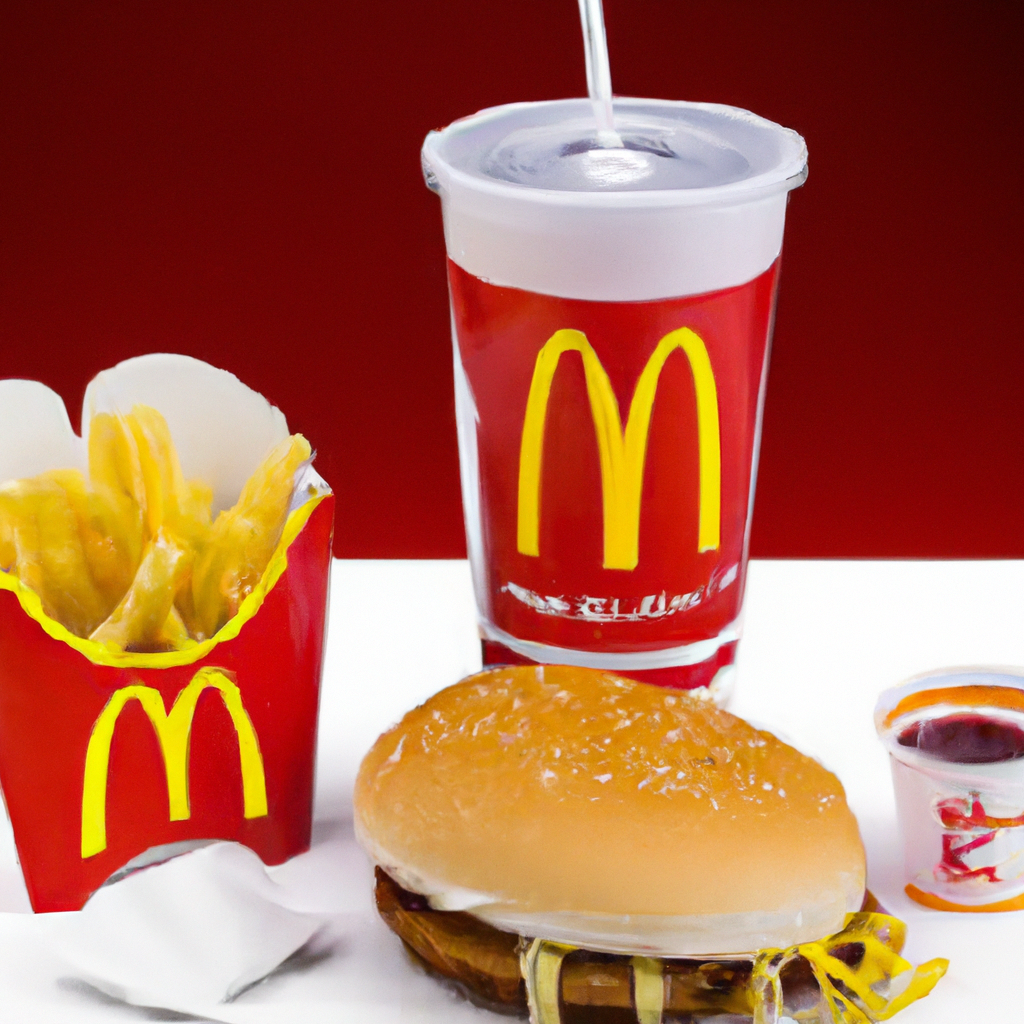McDonald’s is expected to earn a modest profit from its $5 meal deal, with profit margins projected to hover between 1% and 5%. Restaurant analyst Mark Kalinowski estimates this translates to approximately $0.05 to $0.25 in profit for each meal bundle sold.
This promotional offering aims to draw inflation-weary consumers back into McDonald’s locations, with hopes that once they are inside, they will spend more than just the $5 deal. However, the ability to turn a profit on this meal deal will be influenced by various factors, including the costs of ingredients, labor, and overhead expenses.
Arlene Spiegel, president of the consulting firm Arlene Spiegel & Associates, described the $5 meal deal as “more promotional than profitable.” She noted that while the deal might attract customers, franchisees—who own about 95% of McDonald’s locations—determine their own prices and manage their own operating costs, including rent, insurance, permits, and taxes.
In May, Joe Erlinger, the president of McDonald’s U.S., indicated that franchisees often use promotional offers like the $5 meal deal to help offset their own overhead costs. Nonetheless, Spiegel emphasized that this bundle functions more as a “loss leader to capture and re-capture guests.” When additional expenses such as labor, packaging, condiments, delivery fees, and marketing are considered, franchise owners may ultimately find that the deal erases any potential profits.
